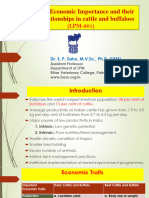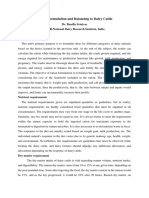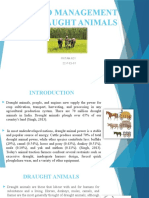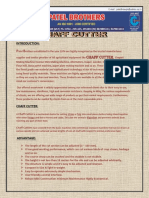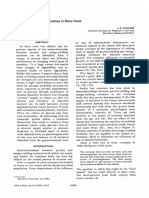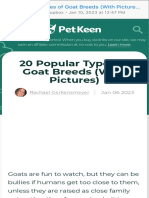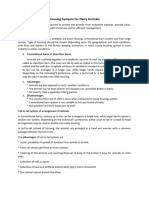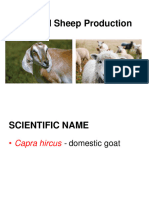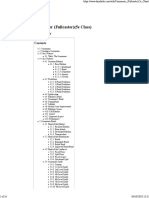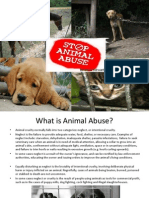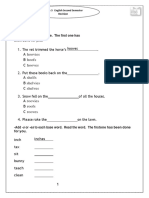0% found this document useful (0 votes)
377 views10 pagesGoat - Lecture Notes - Summary
This document provides an overview of goat production in the Philippines. It discusses that goats are commonly raised by small farmers as a source of milk and meat. Several breeds are discussed that are available in the Philippines for dairy production or meat including Anglo Nubians, Saanen, and Native goats. Selection criteria are outlined for purchasing does and bucks. Management considerations are also covered such as housing, fencing, and general care of goats.
Uploaded by
Ma Gladys Martinez CalizaCopyright
© © All Rights Reserved
We take content rights seriously. If you suspect this is your content, claim it here.
Available Formats
Download as DOCX, PDF, TXT or read online on Scribd
0% found this document useful (0 votes)
377 views10 pagesGoat - Lecture Notes - Summary
This document provides an overview of goat production in the Philippines. It discusses that goats are commonly raised by small farmers as a source of milk and meat. Several breeds are discussed that are available in the Philippines for dairy production or meat including Anglo Nubians, Saanen, and Native goats. Selection criteria are outlined for purchasing does and bucks. Management considerations are also covered such as housing, fencing, and general care of goats.
Uploaded by
Ma Gladys Martinez CalizaCopyright
© © All Rights Reserved
We take content rights seriously. If you suspect this is your content, claim it here.
Available Formats
Download as DOCX, PDF, TXT or read online on Scribd
/ 10









